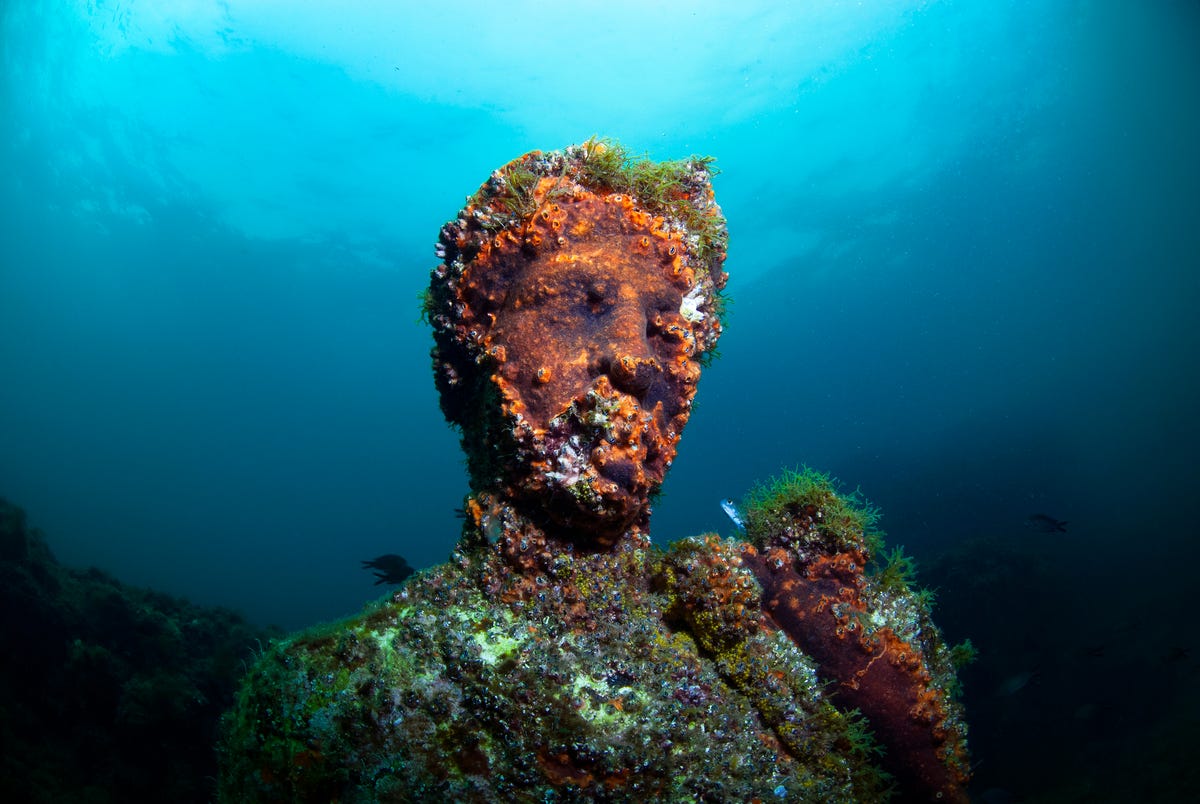Earth’s magnetic fields may soon reveal the submerged Doggerland.

Antonio Busiello//Getty Images
- Doggerland is an ancient landmass submerged under what is now the North Sea, a large body of water among England, Denmark, and Norway
- Scientists are now analyzing magnetic field data gathered from magnetometers to explore this ancient landmass and to search for evidence of our Mesolithic ancestors
- The scientists are racing against time as interest is growing in both sea mining and construction offshore wide farms in the North Sea
Welcome to Doggerland. Few have ever heard of it, and you won’t exactly find it on a map. That’s because Doggerland has been submerged under the North Sea—the large body of water nestled among the U.K., Denmark, and Norway—for some 8,200 years.
Back then, instead of glimpsing a great expanse of water, Mesolithic ancestors standing on the “shores” of eastern England would instead glimpse gently rolling hills, wooded valleys, and swampy lagoons. In other words, a fertile era capable of hosting an ancient human civilization.
Scientists would love to understand more about these possible ancient civilizations that called Doggerland home, but marine archaeology is notoriously difficult. While you might think scientists have time on their side, the explosion of interest in seabed mining—and in the case of the North Sea, wind farm construction—could place these fragile areas of human history at risk.
So scientists at the University of Bradford in the U.K. are turning to a novel method in marine archaeology and analyzing magnetic fields in the hopes of discovering mysteries of human activity in Doggerland. The researchers describe the area as “amongst the most resource-rich and ecologically dynamic areas during the later Paleolithic and Mesolithic periods,” so there could be a lot to discover along the seabed
Please remember we all have different opinions, Think Before You Speak or Write Something that is cruel to Others. After all, We are only Humans. Wishing you clear skies and wide eyes. To share your experiences or just leave a comment there is a area below. Read or listen.
We are the change the world has been waiting for!
Have you witnessed an unidentified flying object?
You are not alone. Whether you think UFOs are black projects, extraterrestrial craft, something else altogether, or just don’t know, again, you are not alone!
Unconditional love. The road we all get to walk. Unconditional love is like the sun.
WE ARE THE DISCLOSURE !~ WE HAVE NEVER BEEN ALONE
Love and Regards,
Thank You,
Nancy Thames
Source: DARREN ORF


